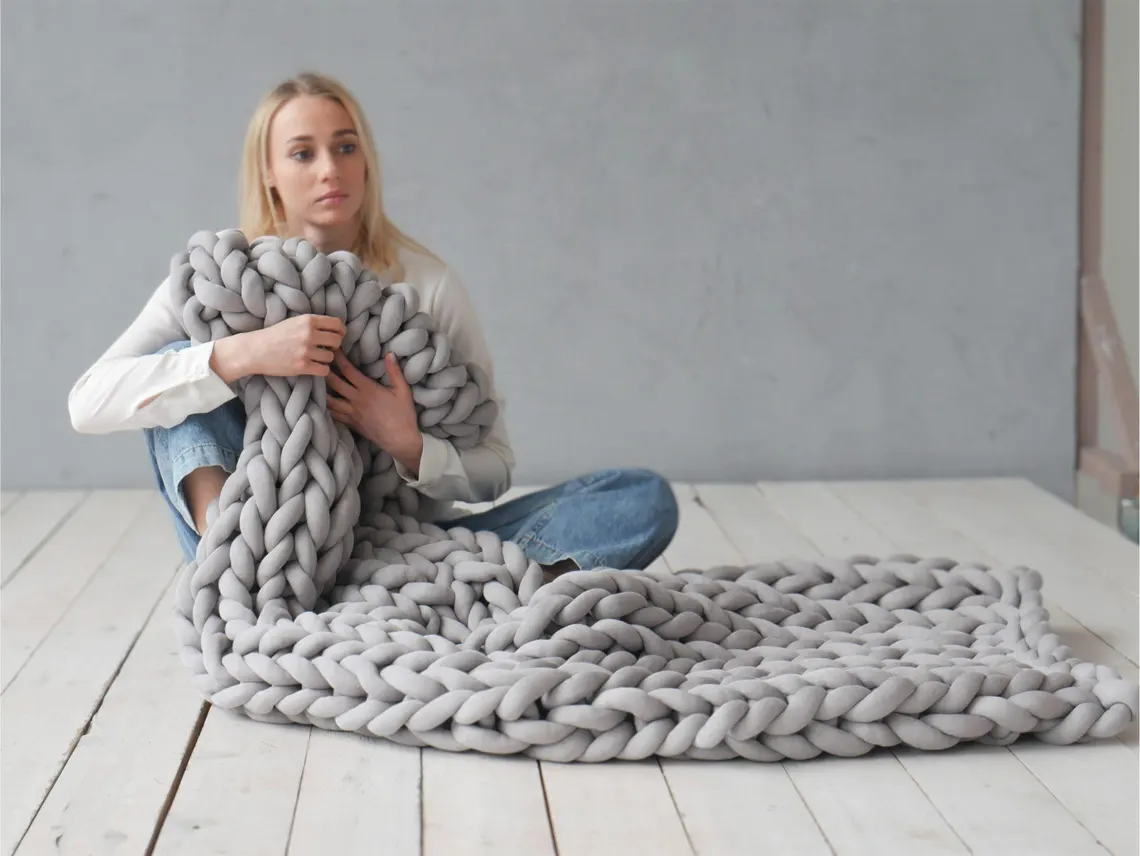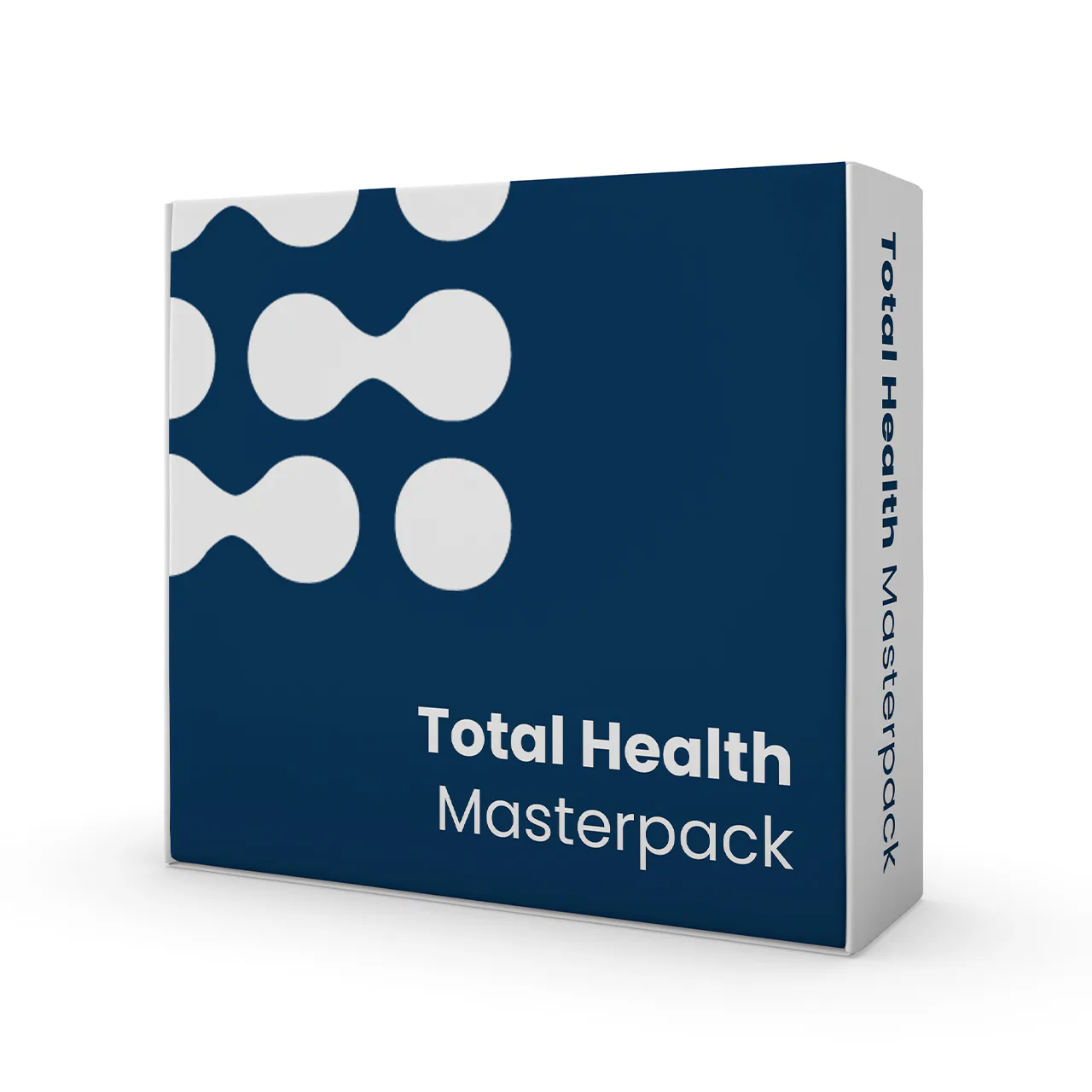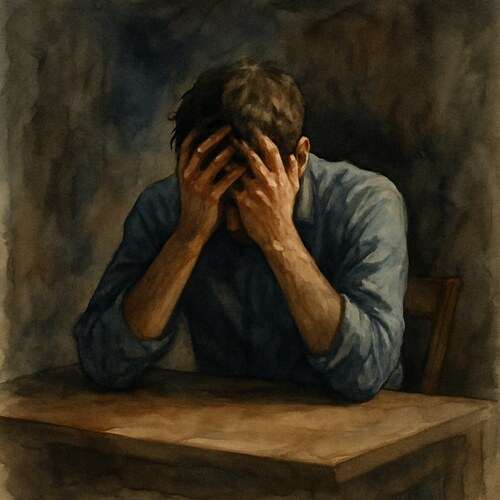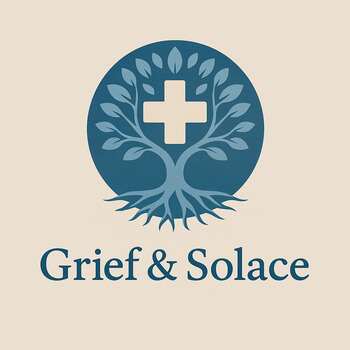Grieving Sickle Cell Disease: When Blood Betrays from the Inside Out
Grief with sickle cell disease is brutal—marked by sudden pain, hospital stays, and the silent prayers that the next crisis will not be the last.
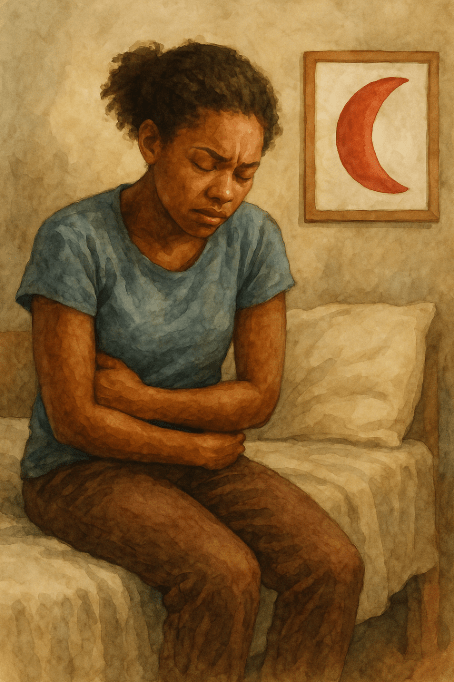
This post blends real grief with grounded knowledge. It isn’t clinical. It isn’t distant. It’s meant to sit beside you—not above you. The story you’ll read is meant to reflect what so many feel when living through or witnessing this condition: confusion, exhaustion, and quiet forms of courage.
If what you read feels familiar, please speak with your doctor. Your pain deserves more than silence.
SHe Smiled Through the Pain Until the Pain Took the Smile Away
She was nine the first time I saw her cry without making a sound…
Tucked into a hospital bed, IV in her arm, her eyes closed so tight I thought she was sleeping, but her jaw was clenched, and her hands were fists. The monitors told me the truth.
Sickle Cell Crisis. That’s what they called it. A storm inside the blood. Red cells that curled into knives, cutting from the inside, blocking oxygen, turning bone into a battlefield.
She tried to walk that morning. Made it five steps before her legs folded. They carried her out like she was breakable—and maybe she was.
But no one saw what she carried…
🧠 Symptoms:
– Usually appear around 6 months of age, with signs that vary by individual
– Anemia: fatigue and weakness from rapid destruction of sickled red cells
– Pain episodes (crises): sudden, intense pain in chest, joints, or abdomen due to blood flow blockages
– Chronic pain from bone/joint damage or ulcers
– Swelling of hands and feet from blocked blood flow
– Frequent infections because of spleen damage
– Delayed growth and puberty
– Vision problems caused by blocked retinal vessels
She missed school picture day. Missed the class trip. Missed birthdays and sleepovers and half her childhood because her blood had other plans.
They gave her opioids. The only thing that worked. She hated needing them, hated the way the nurses always hesitated before unlocking the drawer, like pain had to earn permission before it was treated.
She learned early how to name her pain in numbers. Learned to explain herself before anyone asked. “It’s not the same as being sore.” “No, it’s not contagious.” “Yes, I know what day I was diagnosed.”
She smiled anyway. At nurses. At visitors. Even at the little boy in the next room with leukemia, because she knew what it was to hurt quietly.
She grew up like that. Learned to pace herself. To manage symptoms. To whisper when the ache got too loud.
But the pain caught up… Again… Again… Again…
Complications:
– Stroke from blocked brain vessels
– Acute chest syndrome: lung blockage causing chest pain, fever, breathing difficulty
– Avascular necrosis: bone death, especially hips
– Pulmonary hypertension
– Organ damage: kidneys, liver, spleen, nerves
– Splenic sequestration: life-threatening spleen enlargement
– Vision loss from retinal vessel blockage
– Leg ulcers
– Gallstones from high bilirubin
– Priapism: painful, prolonged erections risking erectile dysfunction
– Blood clots (deep vein thrombosis, pulmonary embolism)
– Pregnancy risks: miscarriage, preeclampsia, preterm birth
Causes:
– Inherited mutation in the hemoglobin gene producing abnormal hemoglobin S
– Rigid, sticky sickled cells block blood flow and break down faster than normal cells
– To have the disease, inherit two sickle genes (one from each parent)
– Carriers (sickle cell trait) have one gene and usually no symptoms
By the time she was twenty-one, her smile was slower. Her back curved just slightly… from fatigue, from damage, from always bracing.
She met someone. Fell in love. Started thinking about babies. Then the guilt hit: “What if I pass it on?”
Because sickle cell isn’t just pain. It’s legacy. It’s fear wrapped in DNA.
There are breakthroughs now. Gene therapies. Bone marrow transplants. Hope on paper.
But she still lives in a body shaped by battles won without witnesses. And even when she doesn’t smile anymore, you can still see her strength in the silence. Still feel it in the way she holds herself upright after a night with no sleep, after a day with no relief.
Risk Factors:
– Both parents must carry the gene
– Higher prevalence among individuals of African, Mediterranean, or Middle Eastern descent
Her blood betrayed her…but her spirit never did. And in the quiet between crises, she still reaches for life with hands that have never stopped shaking.
📘 Diagnosis & Treatment
Diagnosis
– Newborn screening (standard in many countries)
– Hemoglobin electrophoresis or DNA testing for hemoglobin S
– Prenatal testing: amniocentesis or chorionic villus sampling
– Doppler ultrasound to assess stroke risk in children
– Screening for complications: vision exams, organ function tests
Treatment
Medications
– Hydroxyurea reduces pain crises and transfusion needs
– L-glutamine (Endari) decreases frequency of crises
– Crizanlizumab (Adakveo) IV infusion lowers crisis risk
– Voxelotor (Oxbryta) improves hemoglobin levels
– Pain medications: opioids for severe episodes
Infection Prevention
– Penicillin from 2 months to around 5 years, sometimes lifelong
– Vaccinations: pneumonia, meningitis, hepatitis B, influenza
Procedures
– Blood transfusions to prevent stroke and treat severe crises
– Iron chelation therapy for overload from frequent transfusions
– Stem cell transplant: potential cure, mainly in children with severe disease and matched donors
– Gene therapy (FDA-approved):
– Gene addition: inserts normal hemoglobin gene
– Gene editing (CRISPR): directly corrects faulty gene, early promising results
Lifestyle & Self-Care
– Folic acid supplements to support blood production
– Adequate hydration to prevent crises
– Avoid extreme temperatures
– Moderate exercise
– Avoid smoking and certain NSAIDs
– Pain management: heat therapy, massage, physical therapy
Living With It
Sickle cell isn’t just a blood disorder—it’s a lifelong negotiation with pain. Sudden stabbing pains, hospital stays that become familiar, unpredictable crises that steal milestones and dreams. There’s a feeling of betrayal—by genes, by immune defenses, by how little the world understands.
Yet, so many keep going. They find strength in heat packs, laughter, community. Resilience isn’t just physical—it’s in surviving each night, each IV, each crisis. Hope persists—hope for a cure, hope through therapies, hope through community. You are not alone in this ache. You are not broken.
I know this is heavy, and I understand that the road ahead may feel like a tangle of loss and unanswered questions. But please hear this: you are not broken because you are hurting; you are not weak because you are afraid. You are living through something real, and survival itself is a kind of grace. You are allowed to struggle, you are allowed to hope, and you are allowed to not have all the answers today. Whatever comes next, you do not face it empty-handed; you carry every moment of love that shaped you, and that will always be enough to keep going.
🎀 Gifts to help With Sickle Cell Disease
🏥 Everyday Comforts for Everyday Battles
Managing Sickle Cell Disease often means needing a little extra help.
Sometimes it’s about restoring dignity, ease, or simply getting through the day with less pain.
These carefully chosen tools aren’t just items; they’re small bridges back to living.
This section is about finding practical support, never shame.
Heated Weighted Blanket – Pressure and Warmth for Pain Crises That Don’t Wait
Sickle cell pain doesn’t give warning—it hits deep in the bones, joints, and chest. This heated weighted blanket offers soothing warmth and calming pressure during crises, helping relax the nervous system and increase circulation. Heavy, soft, and grounding—because when your blood turns against you, even warmth becomes medicine.
🌿 Paths to Healing Beyond the Map
Sometimes traditional medicine isn’t enough.
If you’re exploring gentle, alternative options to help with Sickle Cell Disease,
you might find comfort in plant-based compounds like **CBD or CBG**.
*This section is not medical advice, just a door left open.*
USA Medical Total Health Master Pack – Daily Backup for a Body That’s Always Repairing Itself
Sickle cell anemia brings chronic inflammation, immune vulnerability, and exhaustion between flares. This Total Pack combines CBD, gentle immune support, and calming aid to help the system stay steady between hospital visits. It won’t reshape the cells—but it may help the rest of the body keep up with the damage they leave behind.
Need a Different Path Forward?
Every journey through grief looks different. Choose the next step that speaks to where you are now:
When You're Ready to Start Healing
Healing doesn’t mean forgetting.
It means finding small ways to carry your grief with strength and grace.
These are the stories, tools, and gentle steps to begin walking forward…at your own pace.
When You're Still in the Thick of It
Sometimes healing feels like a lie.
If you’re not ready to move on…if the pain still roars louder than the world wants to hear…this is the place where you’re allowed to feel it.
No sugarcoating. No pretending. Just truth.
When You're Holding on to Who’s Still Here
Grief reminds us to love louder.
If someone you love is still with you, this is your place to celebrate them, honor them, and create new memories while there’s still time.
Joy and sorrow can live side by side.

